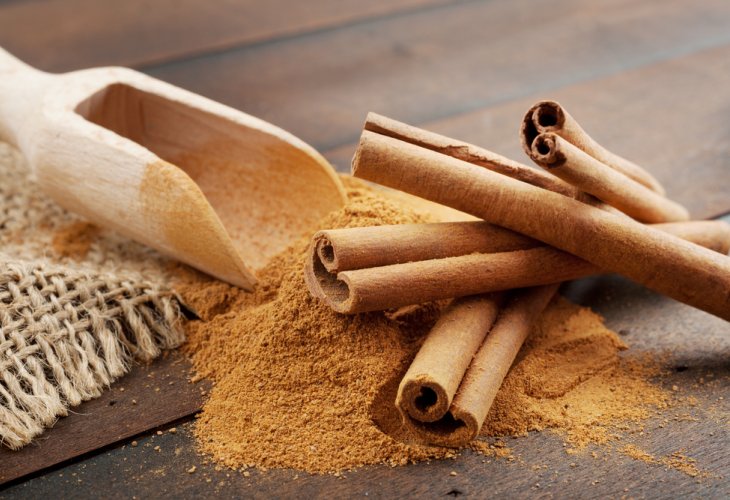Jewish Law
Cinnamon Sticks and Kashrut: What Every Consumer Needs to Know
Understanding insect concerns, processing differences, and how to ensure your cinnamon is halachically acceptable
- Rabbi Yishai Malka / Yom LaYom
- |Updated

Cinnamon is not a fruit or a dried tree branch. It is simply the bark of the cinnamon tree, which grows mainly in India, cultivated specifically for its bark. When the bark thickens, it naturally sheds from the tree and slowly dries completely.
Whole cinnamon is sold in two forms:
Flat (simple) cinnamon – looks like a slightly curved rectangular sheet. This is the cheaper form.
Rolled cinnamon sticks – a rounded tube with both ends curled inward toward the center. The more perfectly round and long the stick is, the more expensive it becomes. For example, a 5 cm stick is much cheaper than a 20 cm stick. The flatter the bark, the cheaper it is. Therefore, cinnamon intended for grinding into powdered cinnamon is made only from the simple, flat bark.
Since cinnamon is essentially a dry tree bark, and from the moment it begins to dry while still on the tree until it finally falls to the ground, it naturally attracts many types of insects — just like any other tree bark. For example, if you examine the bark of pine or palm trees — familiar to most of us, you will see various kinds of insects.
Furthermore, from the time the bark starts drying on the tree, falls off, and eventually reaches commercial packaging, many days pass — sometimes even more than three years. It is therefore completely natural that such bark will develop various storage pests. The most common are booklice, which look like tiny black crumbs that often move or run. These insects seek enclosed hiding places, and the more tightly curled the stick is, the better it shelters them.
Raw Cinnamon vs. Cinnamon Sticks
Raw cinnamon bark used for industrial grinding into cinnamon powder is different. Because it is still flat and not curled, insects have no hiding places, making it easier to clean. During processing, insects fall off naturally, and by the time it reaches the grinder it is not considered “infested.” Therefore, all kosher agencies approve it for fine grinding — even without washing, since any potential insect would be ground and nullified, and would no longer be considered a whole insect (beriah).

The Problem With Cinnamon Sticks
Cinnamon sticks are a different matter entirely. Their natural rolled shape traps insects inside, leaving no escape.
If you take a cinnamon stick and tap its end on a white surface, you will very likely see tiny insects moving around. Even if they are dead, you will find many fragments of legs, wings, and other residue. Even washing the stick thoroughly under strong running water does not help, because once you break it open and unfold it completely, you will find evidence of insects throughout the inner curls.
Because of this, whole cinnamon sticks are considered highly infested, and placing them whole into food or drink may render the entire dish forbidden.
Although there are some developing methods that may eventually allow for fully insect-free cinnamon sticks, for now we must avoid using them whole.
A Possible Solution
There is, however, a creative solution — but only if done carefully and under reliable supervision:
Soak the cinnamon stick in water for more than 24 hours, causing it to unroll into a flat sheet.
Clean it thoroughly on both sides.
Then re-roll it by drying it in the oven, which naturally restores its original curled shape.
The results are excellent: The stick retains the same taste and aroma — and becomes completely clean.
Why Does Cinnamon Require Kosher Certification?
Although cinnamon is a natural spice, the spice industry often bulks up the product in creative ways, adding:
various types of twigs,
crushed seed shells,
and other filler materials.
Usually, no artificial flavors or fragrances are added, but this is not universally guaranteed. Therefore, proper kosher certification is necessary to ensure purity and avoid adulteration.

